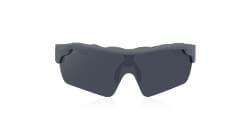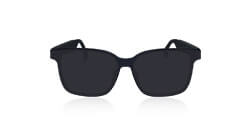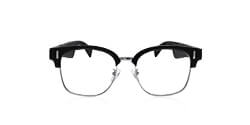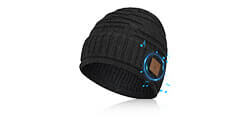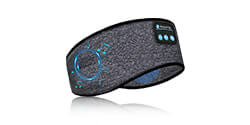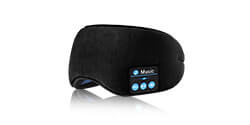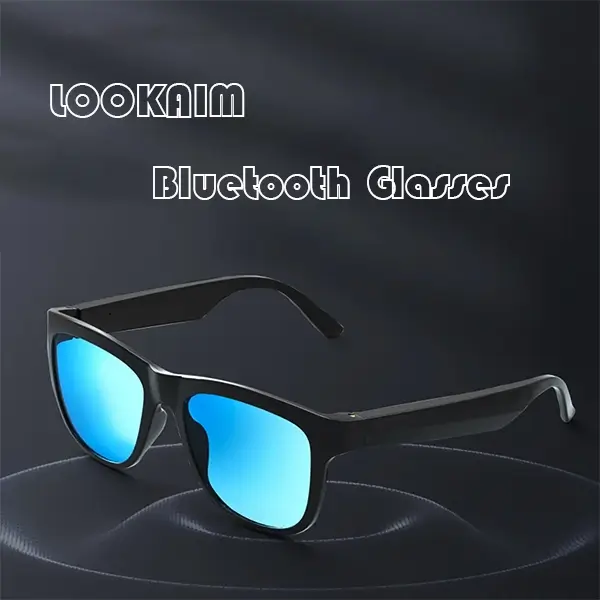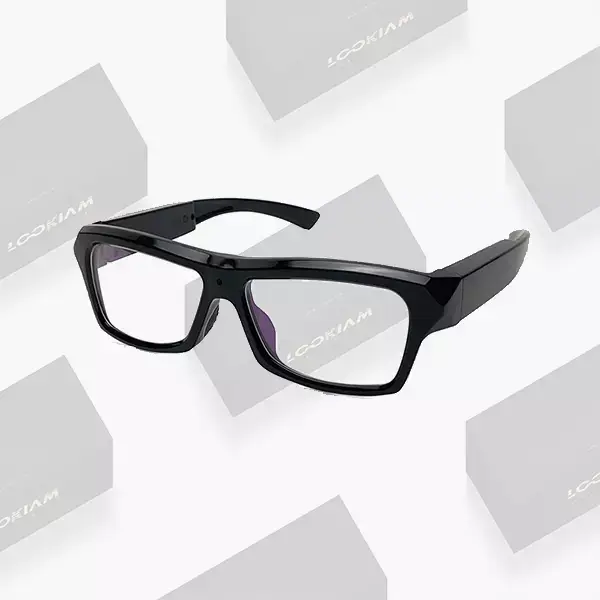What Do I Need to Do Before Wearing Glasses?
June 05, 2023 Nielsen
Before people are ready to wear eyeglasses, there are some steps and considerations that usually go through the following steps:
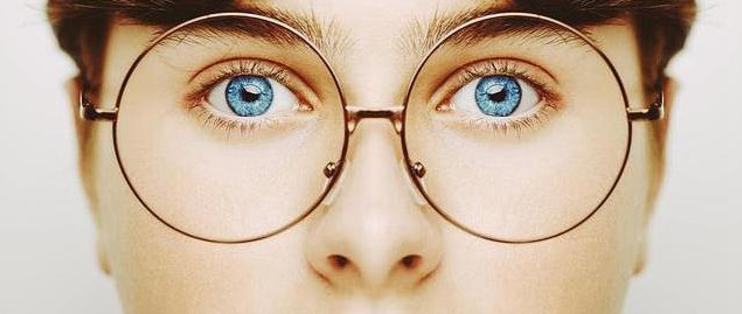
1. Eye examination
Before wearing glasses, you first need a n eye exam. This is done by a professional ophthalmologist or optometrist. They evaluate your vision and eye health and perform various tests to determine if and how much you need vision correction. Eye exams can also detect other eye problems or diseases, such as nearsightedness, farsightedness, astigmatism, or amblyopia.2. Choice of prescription glasses
Once the eye exam is complete and vision correction is determined to be needed, an ophthalmologist or optometrist will provide you with a prescription for eyeglasses based on your prescription. The prescription includes the power you need, the type of lenses (such as single vision, progressive, or blue light blocking lenses, etc.), and any other special requirements.Based on your prescription, you can choose the right frame style and design to ensure the comfort and look you want. Some may opt for a stylish frame, while others may be more concerned with functionality and practicality.
3. Lens selection
Lenses are a key component in wearing eyeglasses. Depending on your vision needs and personal preference, you can choose from different types of lenses. For example:Single Vision Lenses: Used to correct nearsightedness, farsightedness, or astigmatism at specific distances. Progressive lenses: For people who need to correct multiple vision problems at the same time, such as nearsightedness and presbyopia. Anti-blue light lenses: used to reduce the impact of harmful blue light emitted from electronic screens, LED lights, etc. on the eyes. Anti-Reflective Lens: Reduces lens reflections for a clearer view and less glare. Depending on your individual needs and budget, you can discuss and choose the most suitable lenses for you with an optometrist or a professional in an optical shop.
4. Fitting and adaptation
Once you have chosen the right frame and lenses, you can fit the glasses over your eyes and begin the adaptation process. For many people, initially wearing glasses can take some time to get used to the new visual experience. Your brain needs to adjust to the correction of the lenses, as well as the weight and fit of the frame. Typically, the adaptation period can last anywhere from a few days to a few weeks.During the acclimatization period, you may experience some discomfort or eye strain. This is normal as your eyes need to adjust to the new visual environment and the corrective effect of the lenses. Gradually increasing the amount of time you wear your glasses can help your eyes adapt and reduce discomfort.
5. Glasses care and regular checkups
Once you start wearing glasses, regular eye care and inspections are very important. Here are some considerations:Cleaning the Lenses: Regularly clean the lenses with an appropriate eyeglass cleaning solution and a soft cleaning cloth to remove dirt and fingerprints and keep your vision clear.
Avoid Scratching: Avoid placing glasses on rough surfaces to prevent scratching the lenses. When you're not wearing your glasses, keep them in a case or case.
Regular checkups: Get regular eye checkups to make sure your vision and eye health remain good. Regularly renew your eyeglass prescriptions as recommended by your professional.
in conclusion
Before you are ready to wear glasses, it is important to have an eye exam to help determine if you need vision correction and how much. Choose the right frame and lens type to suit your needs and personal preferences. After wearing glasses, it may take some time to adjust to new visual experiences, but gradually increasing the time you wear them will help your eyes adapt. Remember to have regular eye care and eye exams to ensure your eye health and vision stability.


